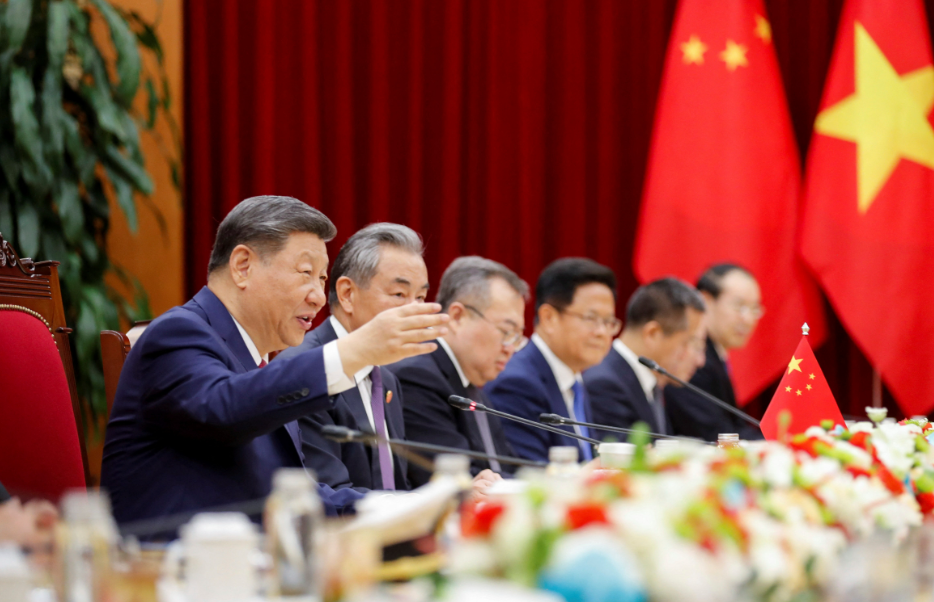
Even with US records, the ASEAN+3 region shows strength and union to resist economic shocks and maintain financial stability
The ASEAN+3 region-composed of the 10 member countries of the Southeast Asian Nations Association of South China, Japan and South Korea-has solid economic foundations and political capacity to absorb the impacts of US-imposed commercial tariffs. The evaluation was released last Tuesday by the ASEAN+3 Macroeconomic Research Office (AMRO), an organization that monitors regional economic stability.
Leia+: Find out what ASEAN+3 is, the economic bloc that can overthrow American imperialism
According to the report, 13 of the 14 economies of the bloc are subject to the largest effective rates announced by the Trump administration, with a weighted average of 26% (excluded China). Protectionist measures and political instability should curb international trade, disorganize productive chains and increase volatility in financial markets, warned the Singapore -based entity.
Growth in review
AMRO had projected expansion above 4% to the region in 2024 and 2025, supported by robust domestic demand, investment recovery and controlled inflation. However, reciprocal tariffs introduced uncertainties that can reduce growth to less than 4% this year and 3.4% in 2026.
Despite the challenges, the block keeps conditions to face external shocks. “Governments have fiscal space to support vulnerable sectors and sustain internal demand,” said the study. Regional central banks also have margin to loosen monetary policies, given low and stable inflation, as well as instruments to ensure financial stability.
Diversification as armor
The report emphasizes that the region significantly reduced its dependence on the US market – exports to the US fell from 24% of the total by 2000 to 15% today. “The advance in regional integration and commercial diversification will reinforce the ability to resist global turbulence,” said AMRO.
Reciprocal tariffs were instituted by Trump on April 2, establishing a basic 10% rate on business partners, with additional progressive rates. Chinese imports were initially taxed at 34%, a high value to 145% on April 11.
Chinese perspectives
Prior to protectionist measures, Amro designed Chinese growth over 4.8% by 2024 and 4.7% in 2025, converging for 4% by 2030. Despite risks, short -term perspective remains positive, with low interest -driven consumption and improvement in local finances. Investments in infrastructure, technology and services should gain strength, while the real estate sector can find its floor in the first half.
With information from Yicai*
Source: https://www.ocafezinho.com/2025/04/21/conheca-a-blindagem-asiatica-contra-a-furia-tarifaria-de-trump/

